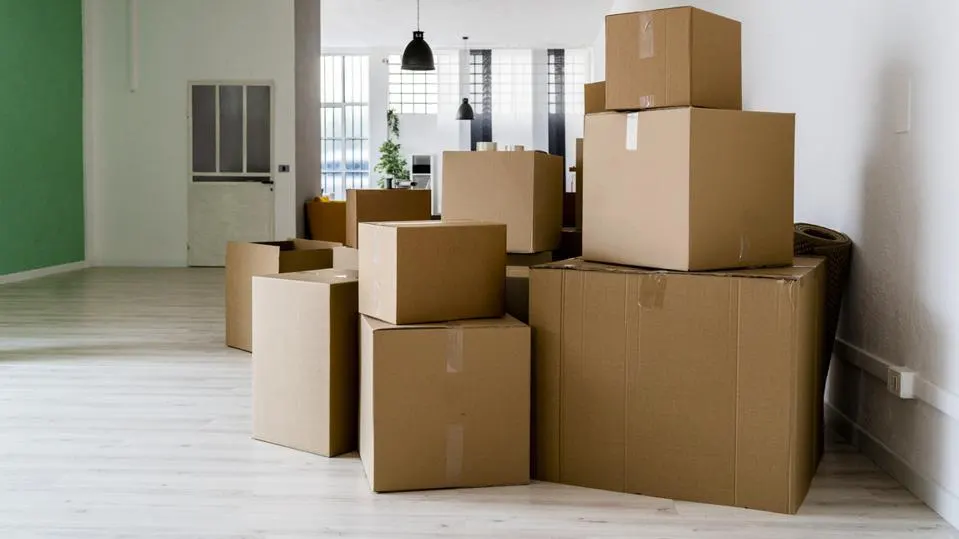Cardboard boxes are versatile containers used for packaging, shipping, and storing various products. They are made from cardboard, which is a type of paperboard. Cardboard boxes come in different types, materials, and construction methods, each offering specific benefits and uses. Here’s an overview:
Types of Cardboard Boxes:
- Folding Cartons: These are one-piece boxes with creases that allow them to be folded flat for storage. They are commonly used for packaging items like cereal, cosmetics, and pharmaceuticals.
- Rigid Boxes: Also known as setup boxes, these are sturdy and durable boxes with a non-collapsible construction. They often have a premium appearance and are used for luxury products like electronics, jewelry, and perfumes.
- Corrugated Boxes: These boxes are made from corrugated cardboard, which consists of three layers: an inside liner, an outside liner, and a fluted or wavy middle layer. Corrugated boxes are known for their strength and durability, making them ideal for shipping and storing a wide range of products.
Materials Used in Cardboard Boxes:
- Kraft Paperboard: Kraft paperboard is unbleached and brown in color. It is commonly used for the inner and outer layers of corrugated boxes and provides good strength and durability.
- White Paperboard: White paperboard is bleached and has a smooth, white surface. It is often used for folding cartons and rigid boxes, providing an excellent surface for high-quality printing and graphics.
- Chipboard: Chipboard is a thicker type of paperboard often used for rigid boxes and backing for notepads and notebooks.
Construction of Cardboard Boxes:
- Single-Wall: Single-wall cardboard boxes consist of one layer of corrugated cardboard. They are lightweight and suitable for a wide range of applications.
- Double-Wall: Double-wall cardboard boxes have two layers of corrugated cardboard with a layer of paper or fluting in between. They offer increased strength and are used for heavier or more fragile items.
- Triple-Wall: Triple-wall cardboard boxes have three layers of corrugated cardboard and are even stronger, suitable for extremely heavy or large items.
Benefits of Cardboard Boxes:
- Versatility: Cardboard boxes come in various sizes and types, making them suitable for packaging and shipping diverse products.
- Cost-Effective: They are cost-effective packaging solutions, especially for single-wall corrugated boxes, which are affordable and readily available.
- Customizability: Cardboard boxes can be easily customized with branding, printing, and labeling to enhance product presentation and brand recognition.
- Recyclable: Cardboard is a highly recyclable material, making it an eco-friendly choice for packaging. Many consumers and businesses prioritize recyclable packaging options.
- Protection: Corrugated cardboard provides excellent cushioning and protection for products during shipping and storage, reducing the risk of damage.
- Space-Efficient: Folding cartons are space-efficient when stored flat, reducing storage space requirements.
- Sustainability: Brands and consumers increasingly prefer cardboard packaging due to its eco-friendliness and recyclability.
- Easy Handling: Cardboard boxes are relatively lightweight and easy to handle, both for packaging and shipping.
When choosing cardboard boxes for your packaging needs, consider the type of product, its size and weight, and any specific requirements for protection, branding, or sustainability. Proper selection and customization of cardboard boxes can contribute to a positive customer experience and efficient logistics.

